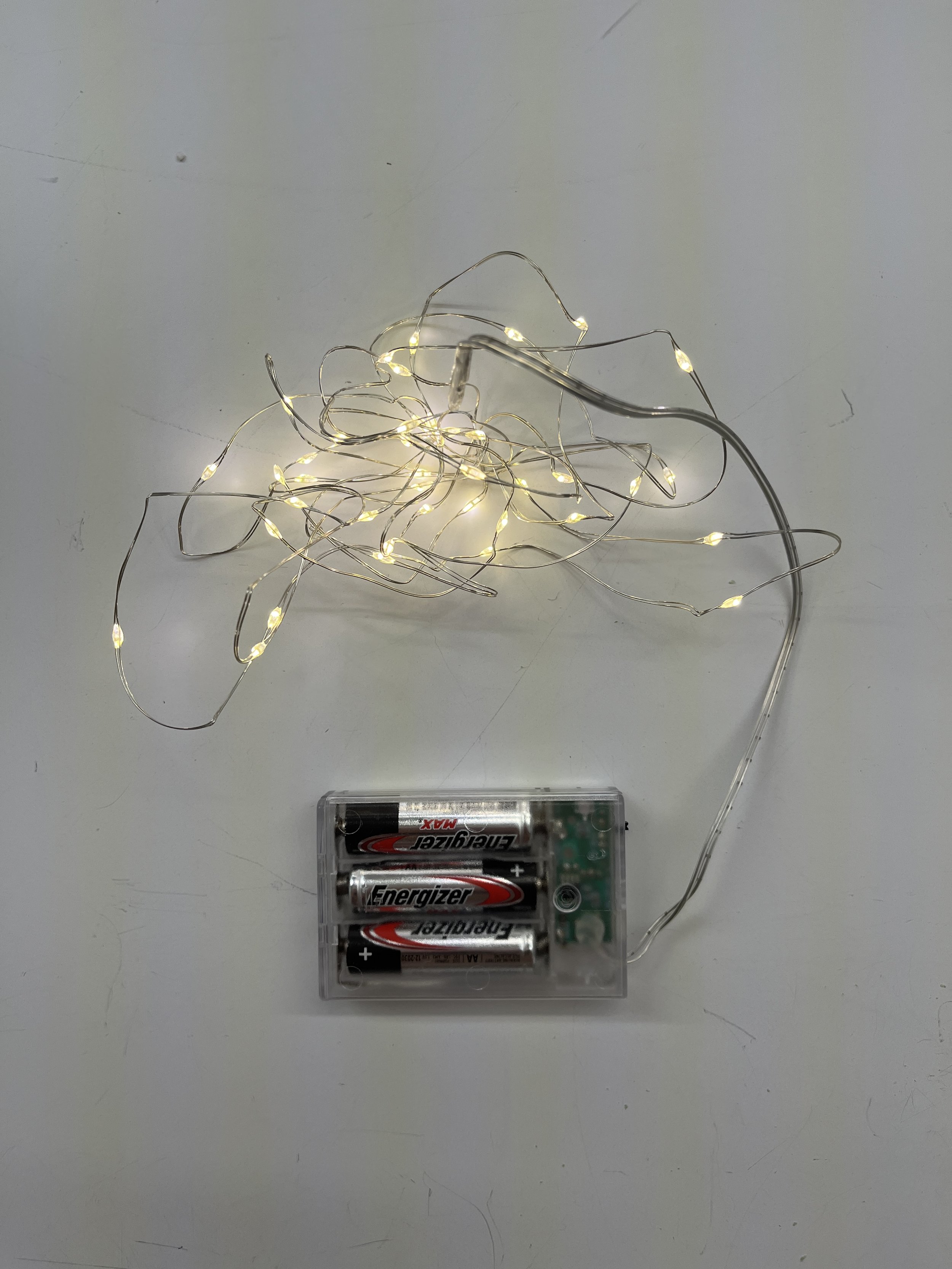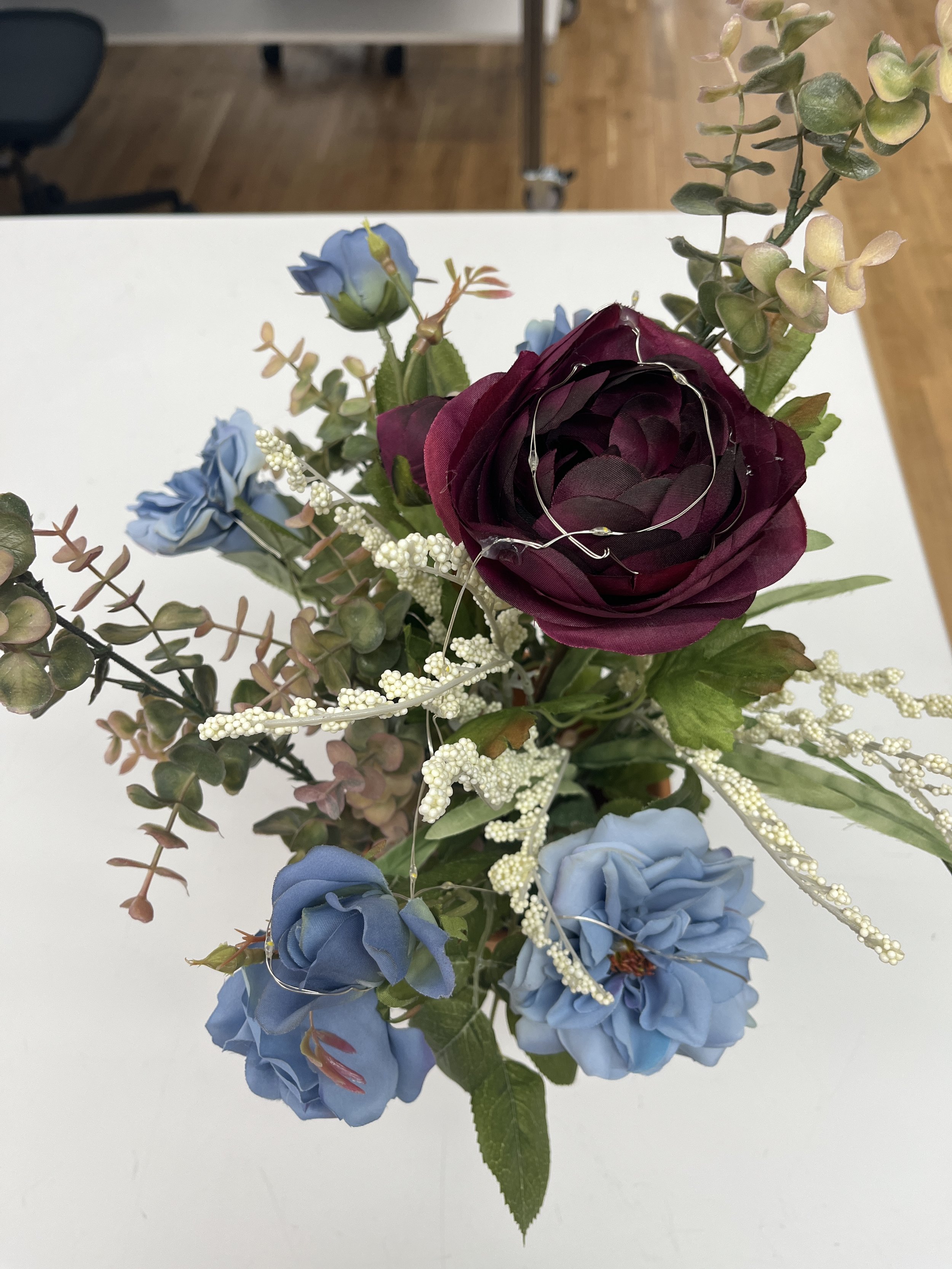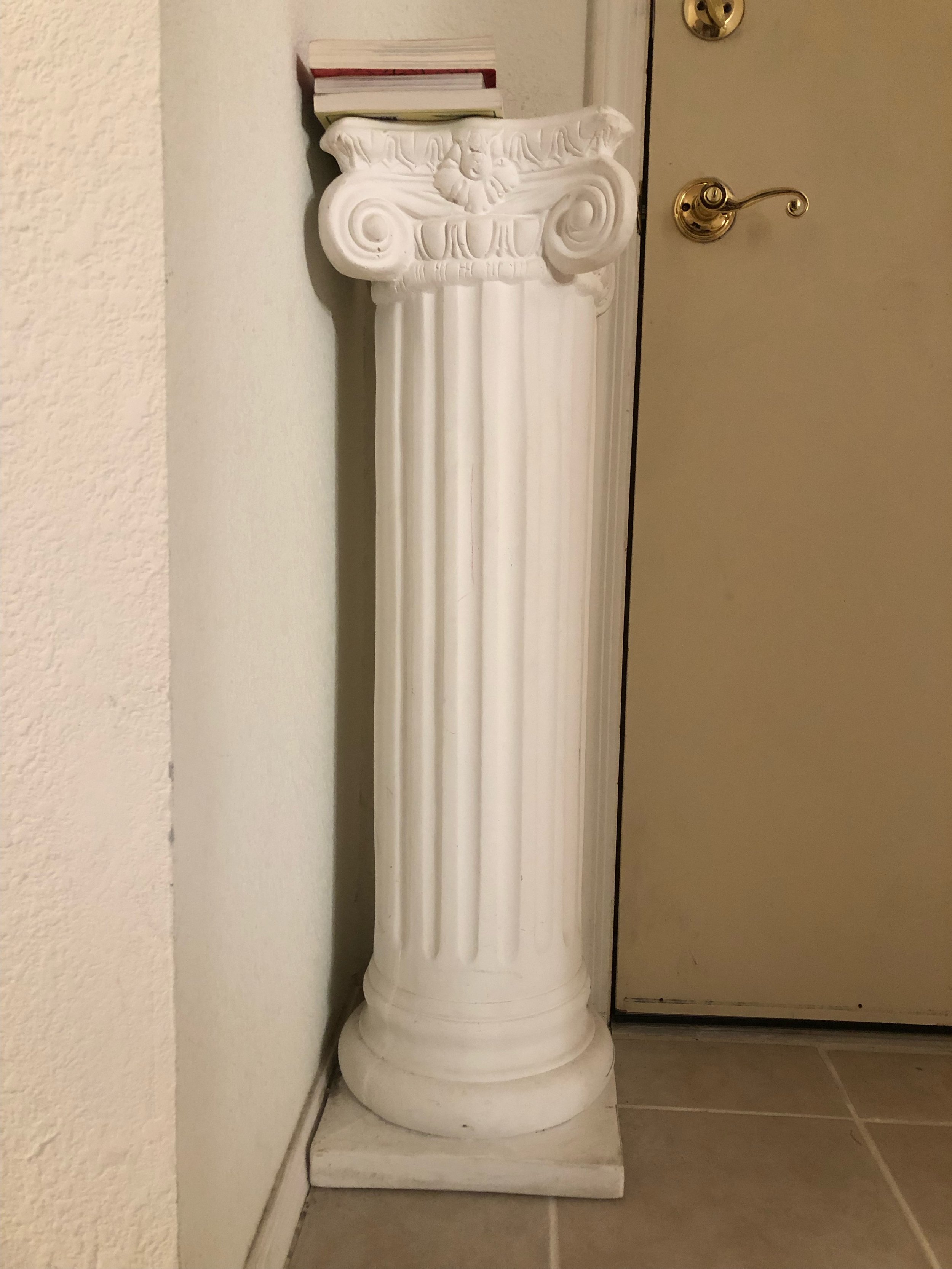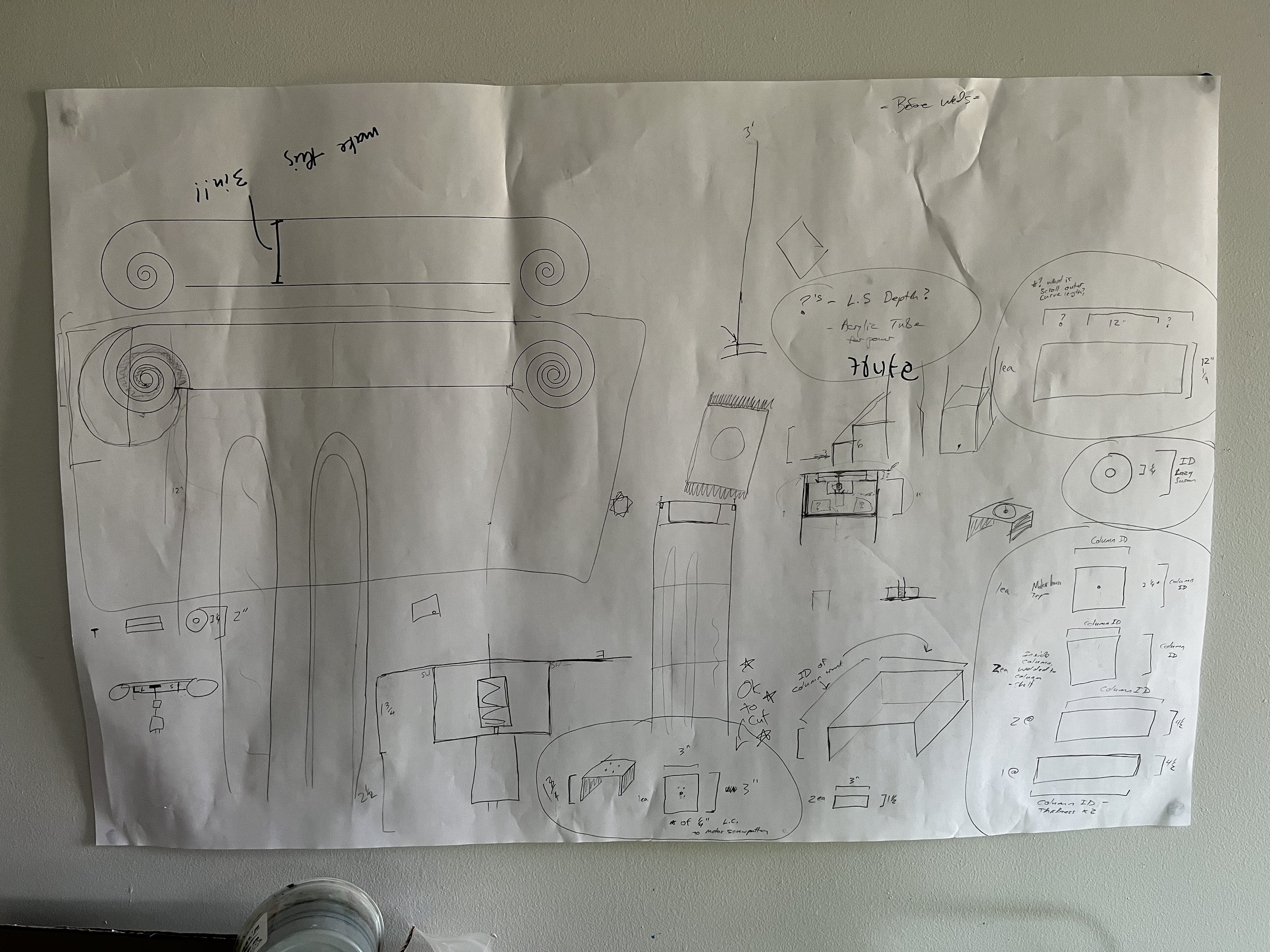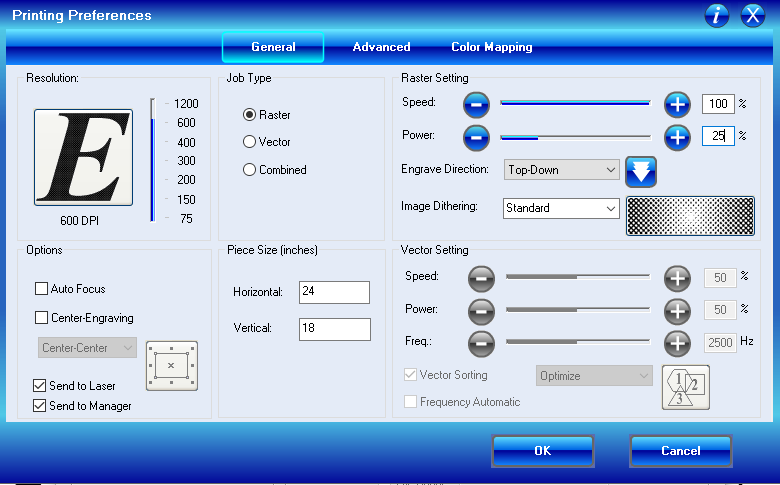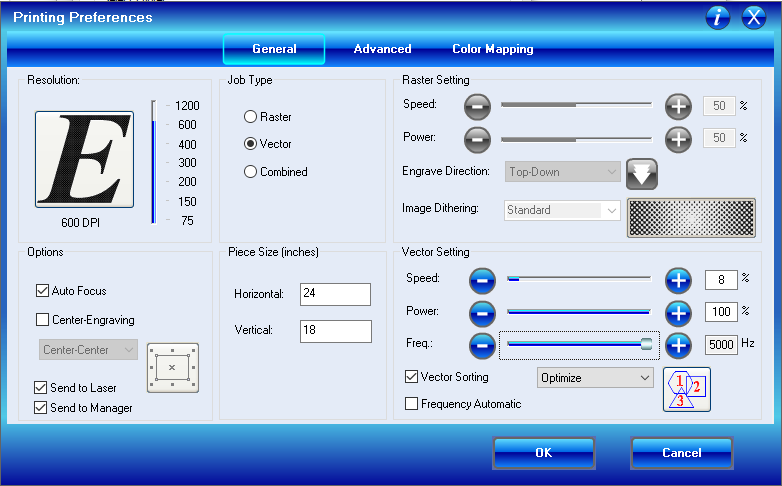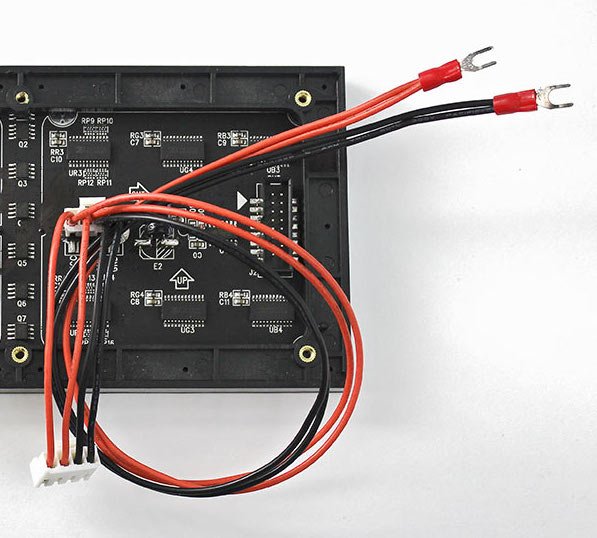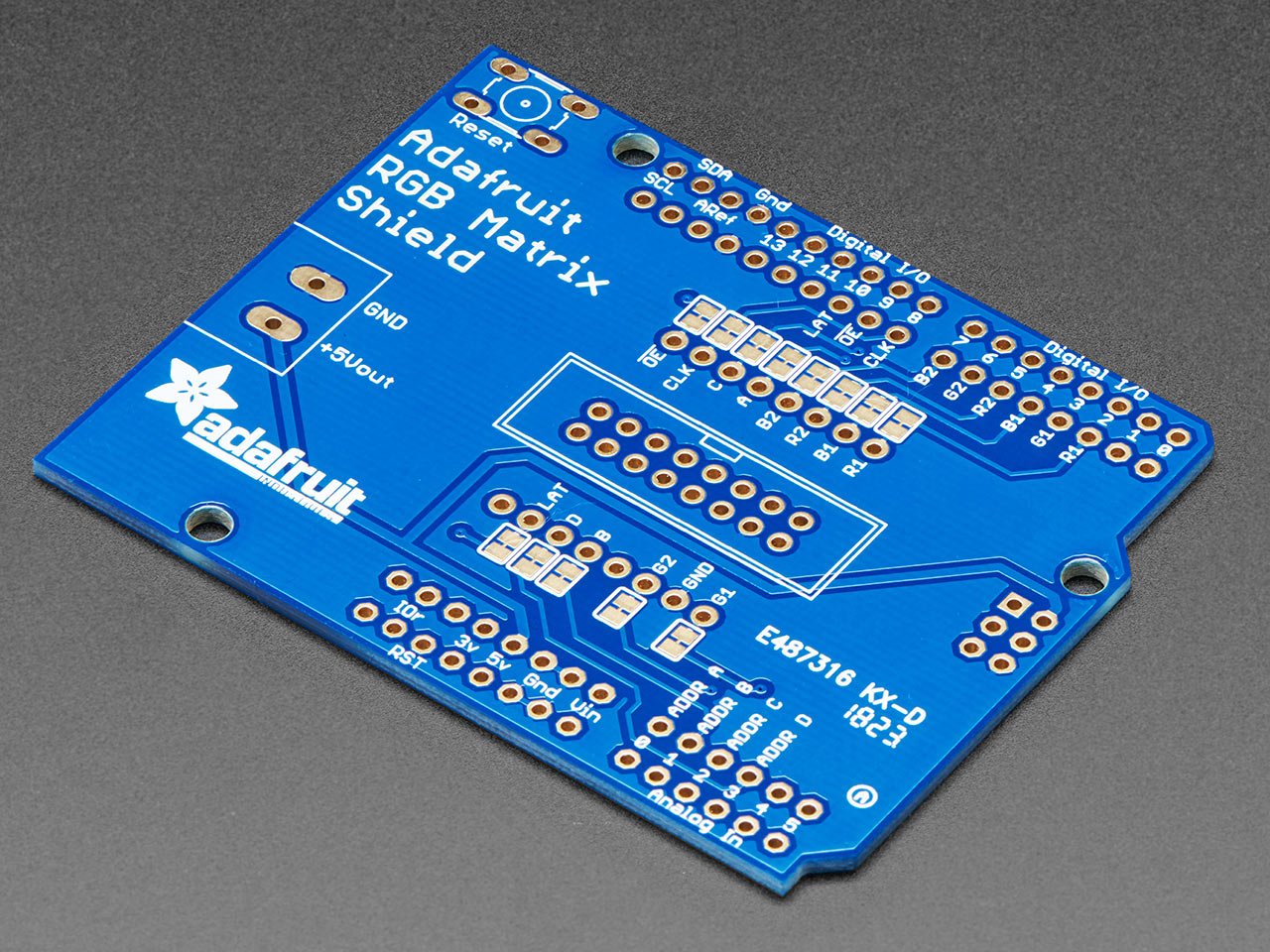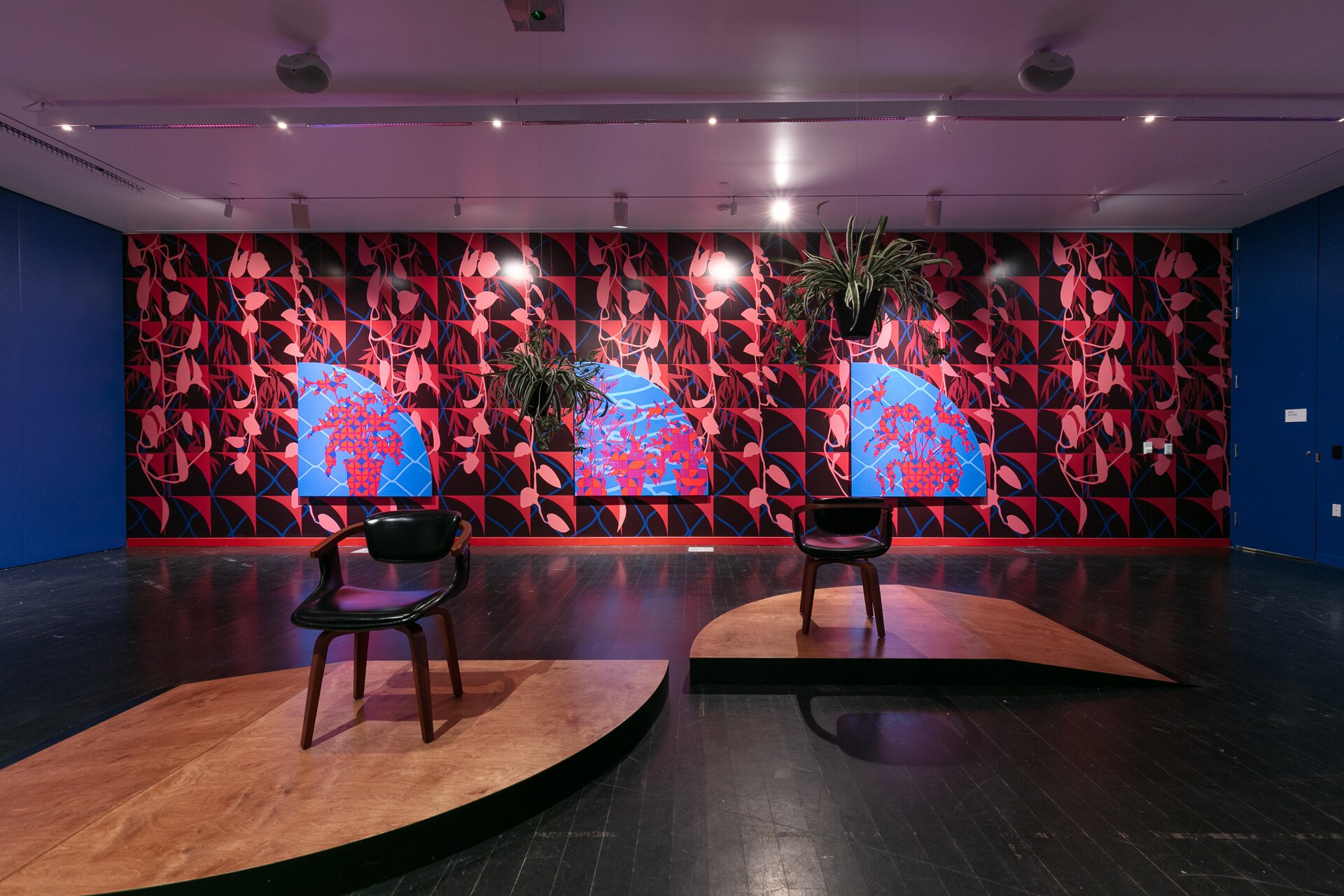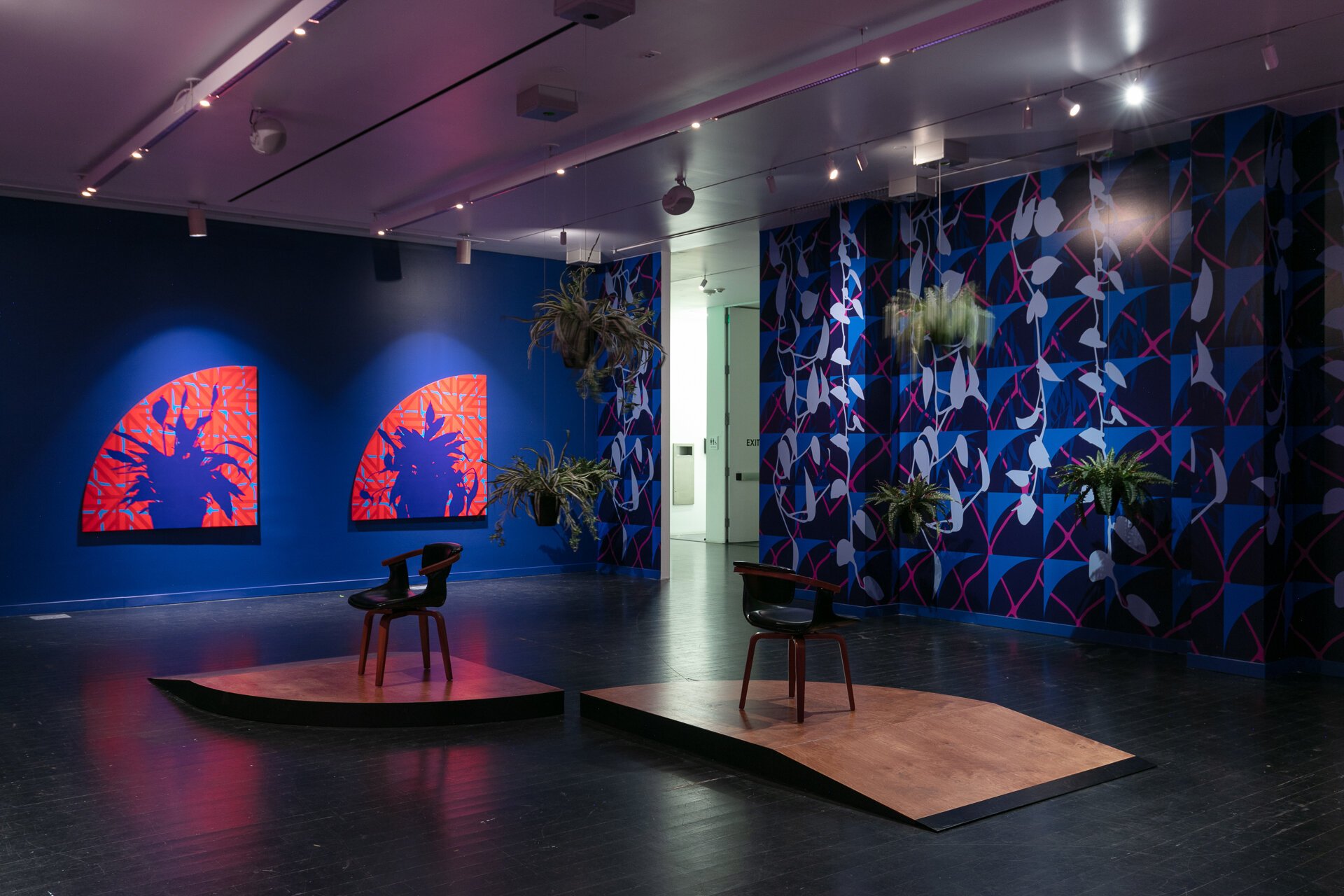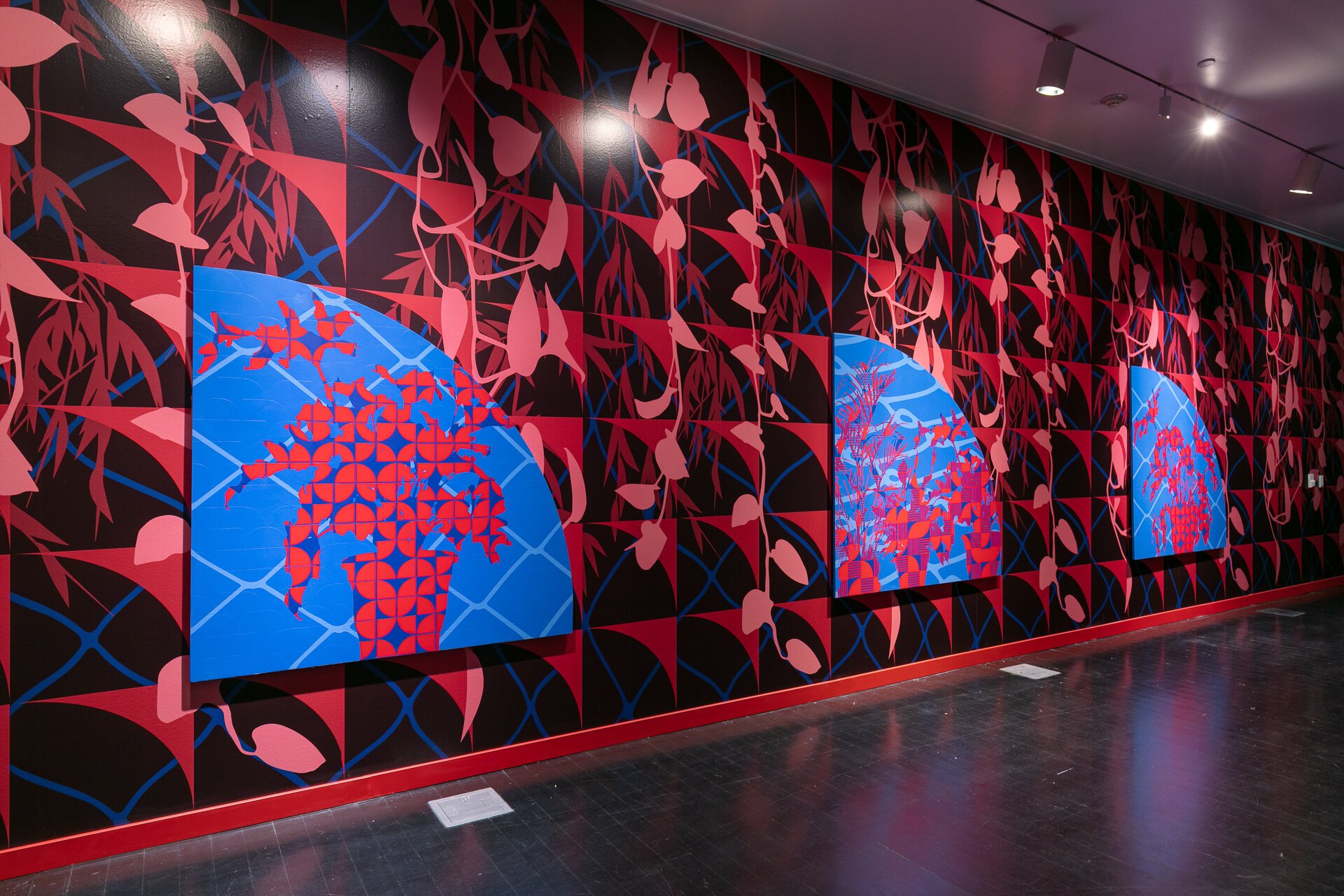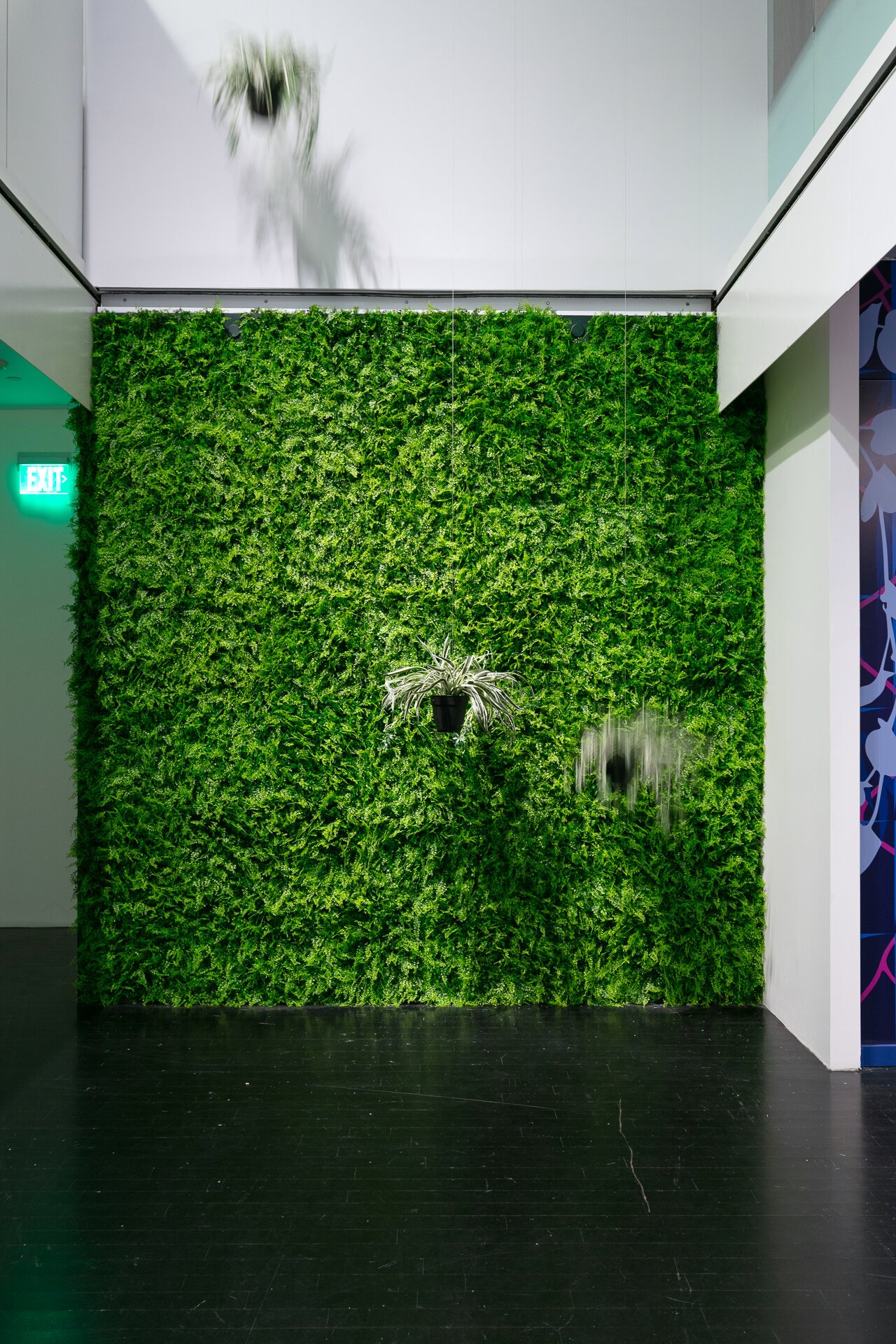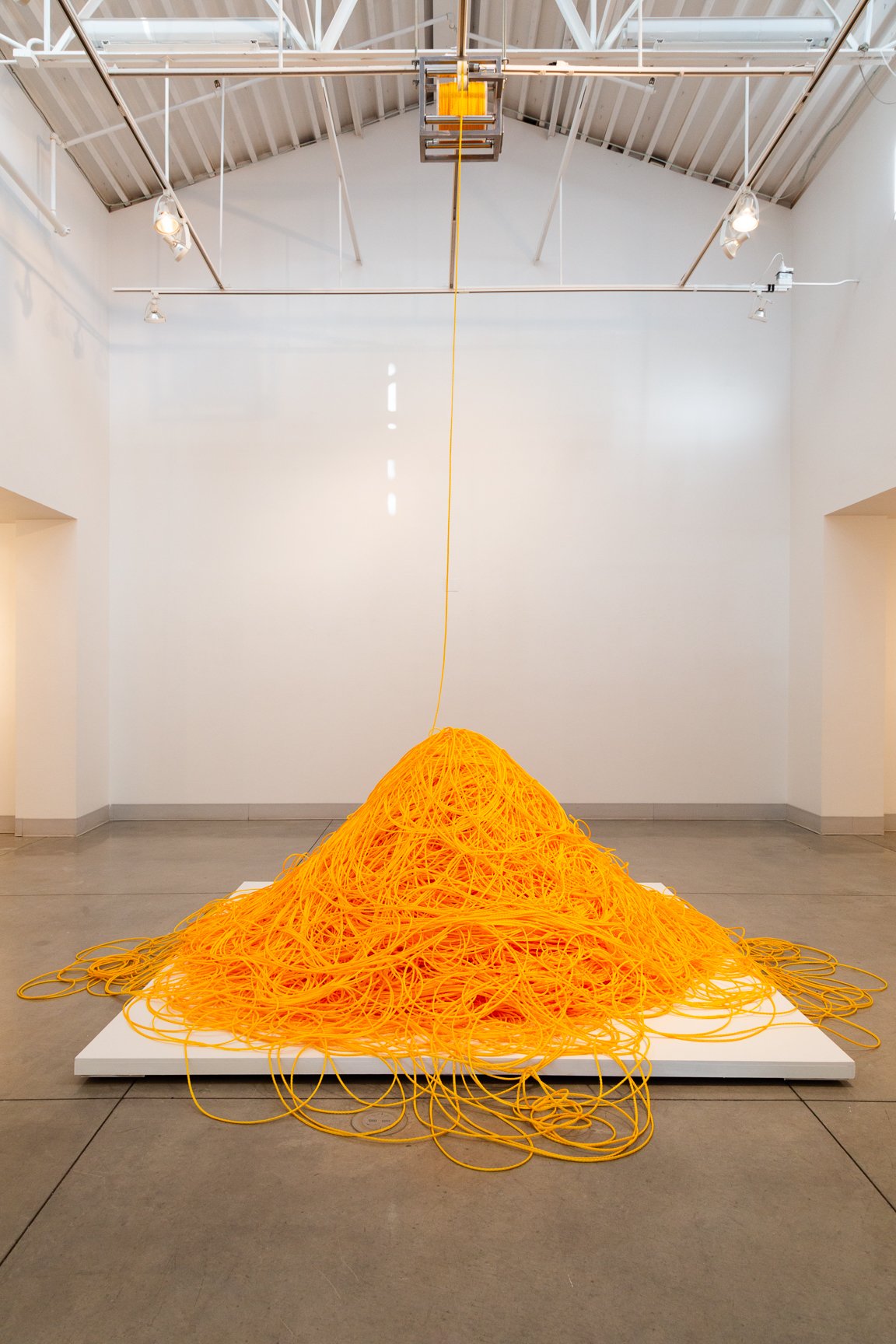Inspiration
This week’s assignment was to create a flashlight. A flashlight was defined as an object that (a) creates light and (b) is portable. Here’s a list of things that first came to mind when thinking about things that light up:
bioluminescent algae
lightning bugs
lite-brite
lightning
moon/cloud lamps
the stars (and glow-in-the-dark)
fire
angler fish
I really wanted to think outside of the box and get as far away from the traditional flashlight as possible. I have this memory of being with my family watching lightning bugs fly around in my childhood backyard. Natural objects (such as flowers) have always inspired my work and I’m intrigued by the contrast of the natural world and man-made things.
Drawings
My first thought was lightning bugs in a jar as a flashlight. I obviously couldn’t collect live bugs or algae to create my flashlight so I had to come up with a substitute. String lights could serve as my lightning bugs but putting lights in a jar seemed too easy. I really love looking at flowers and wanted to make something beautiful to potentially decorate my new NYC bedroom so I liked the imagery of lightning bugs landing on a flower bush.
Concept sketches
Materials
Pot, artificial flowers, glue sticks, scissors, floral foam, glue gun, string lights all collected from Michaels
“Lightning bug” - battery powered string of lights
Tools
There weren’t too many tools needed for this build. I used a hot glue gun to keep the string lights in place. Originally I used scissors to trim down my flower stems. They didn’t quite get through the wire in the plastic stems but the wire cutters worked much better.
Process
My flashlight wasn’t a terribly complicated build. I first started with trimming down the flower stems. I have no experience arranging flowers, but I tried my best to get them into a pretty arrangement by poking them through the floral foam. A bit more stem trimming.
Next I installed my “lightning bugs”. I hid the battery pack in the flower pot and weaved the string of lights through the flowers. The string was wire itself, so I could bend it into place and glue down the lights where I wanted them. Lastly, I tried sprucing up my bouquet a bit more by bending the flowers and leaves into place.
Final Product
Conclusion
I do kind of feel like buying a string of lights for this assignment might be a bit of a cop out (especially with my electrical background) but I did not see the point of re-inventing the wheel to make my “lightning bugs”. I feel like this is a kind of fun, cheesy, whimsical, (un)natural solution to a flashlight. I would like to get some pictures of my flashlight illuminated in the dark at some point as well.
In the future, I could see myself expanding on this project. I could switch out the string of lights for and Arduino and some addressable LEDs. It could be fun to make my flash light interactive. Like, maybe the “lightning bugs” “fly” around or pulse. Or maybe they get scared and “hide” when someone gets too close. Maybe there’s a sound associated with them?









